 borgo-italiaspecial report |


|
|
| the castle and the Rivalta village (Gazzola (PC) - Emilia Romagna) |
| text by: borgo-italia [only desktop] - photo by: Erika C |
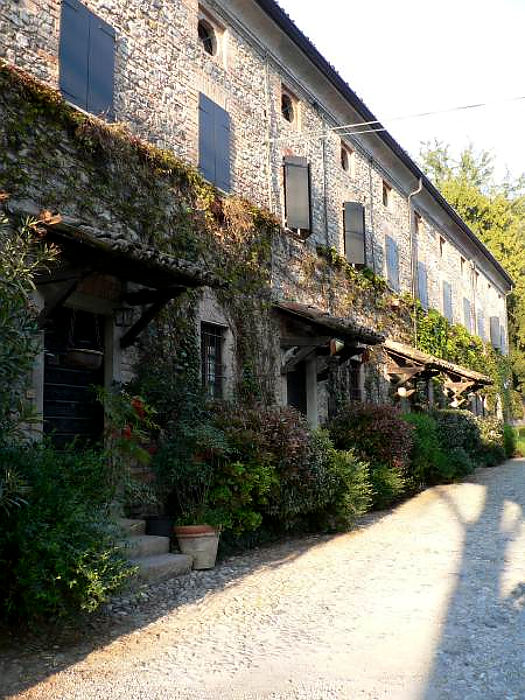
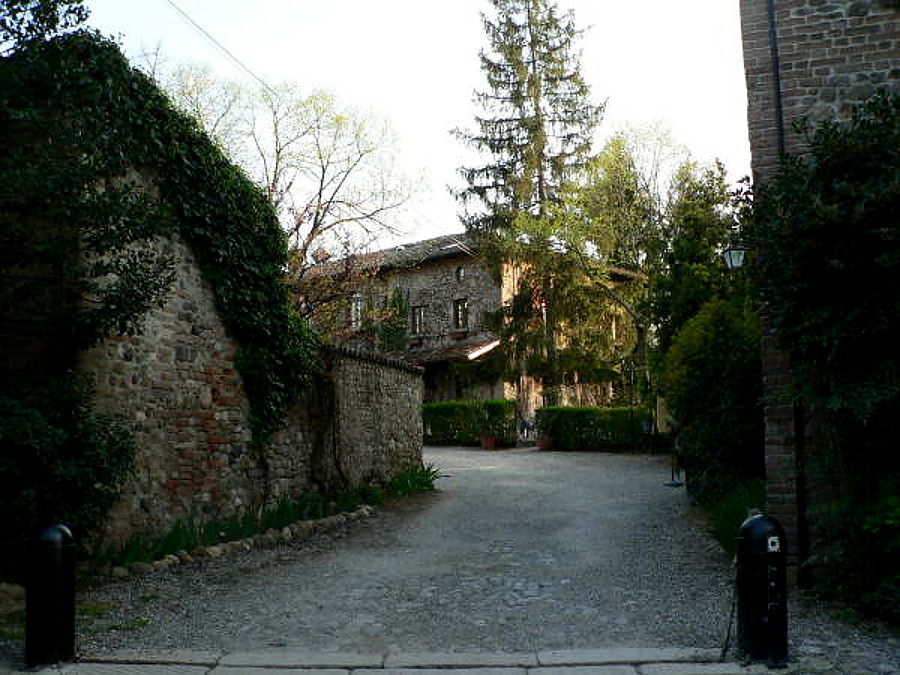
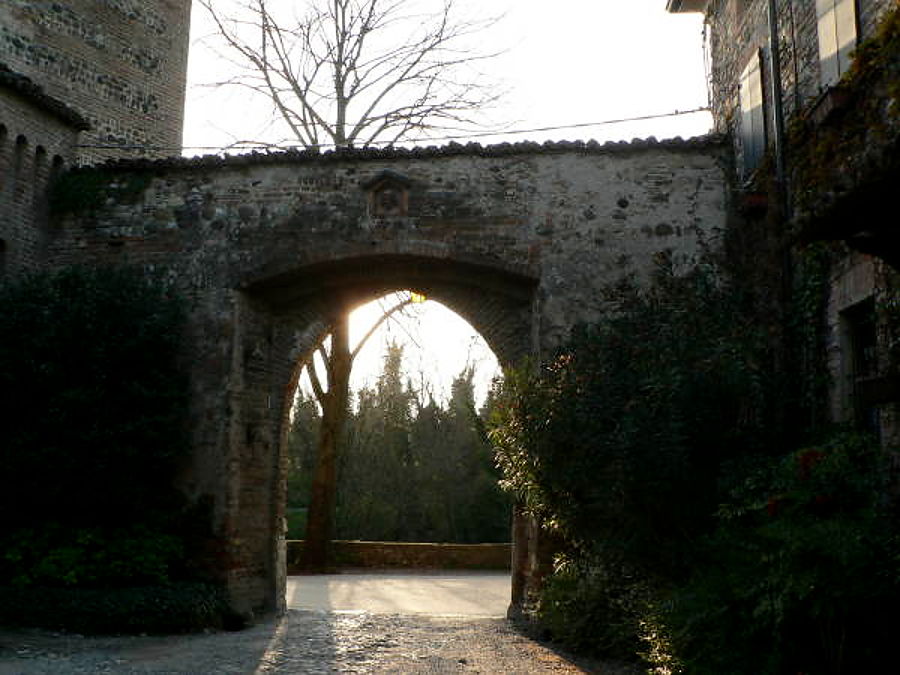
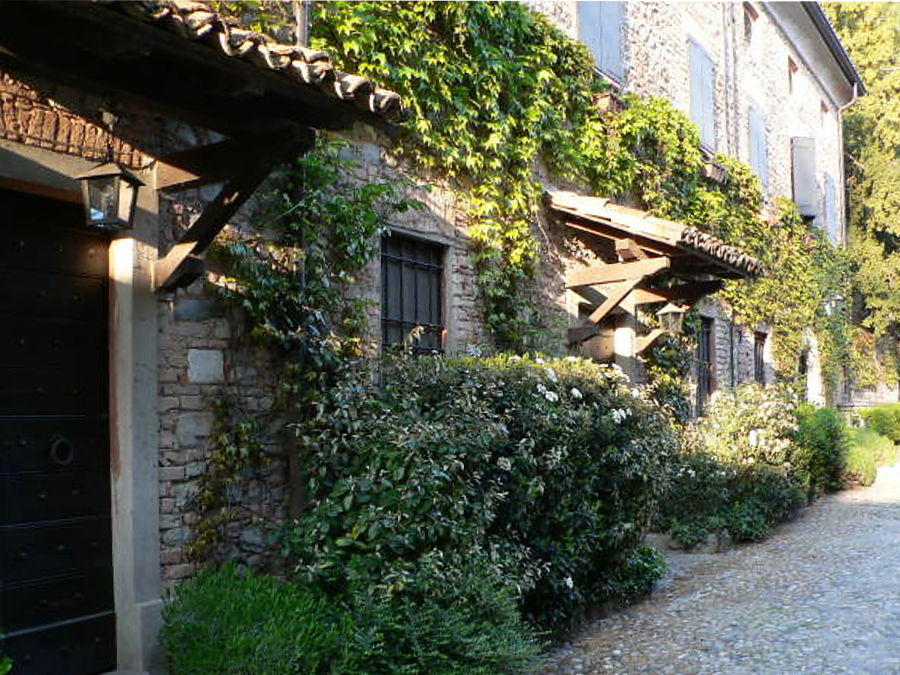
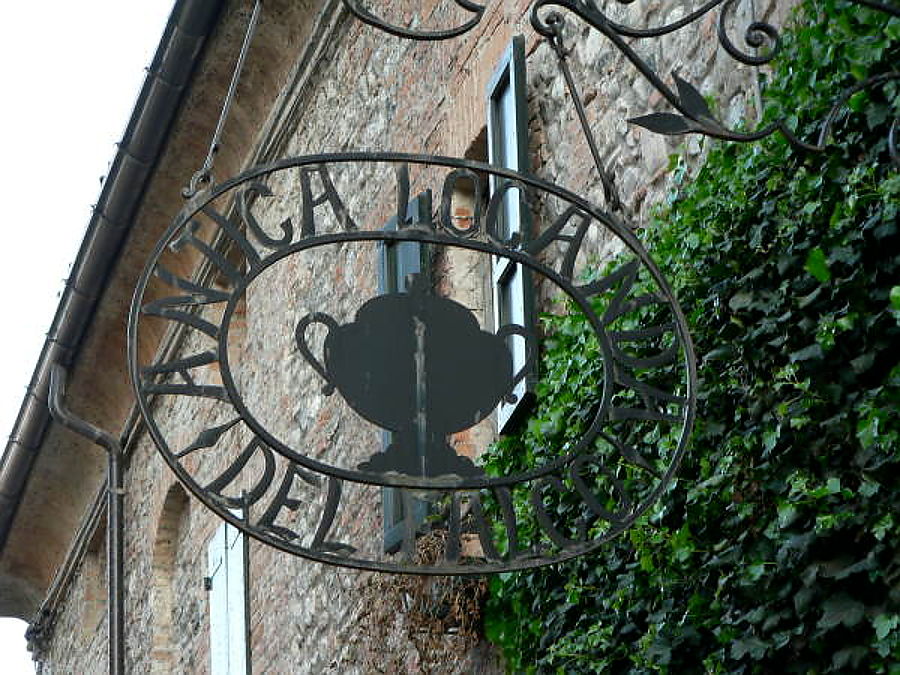
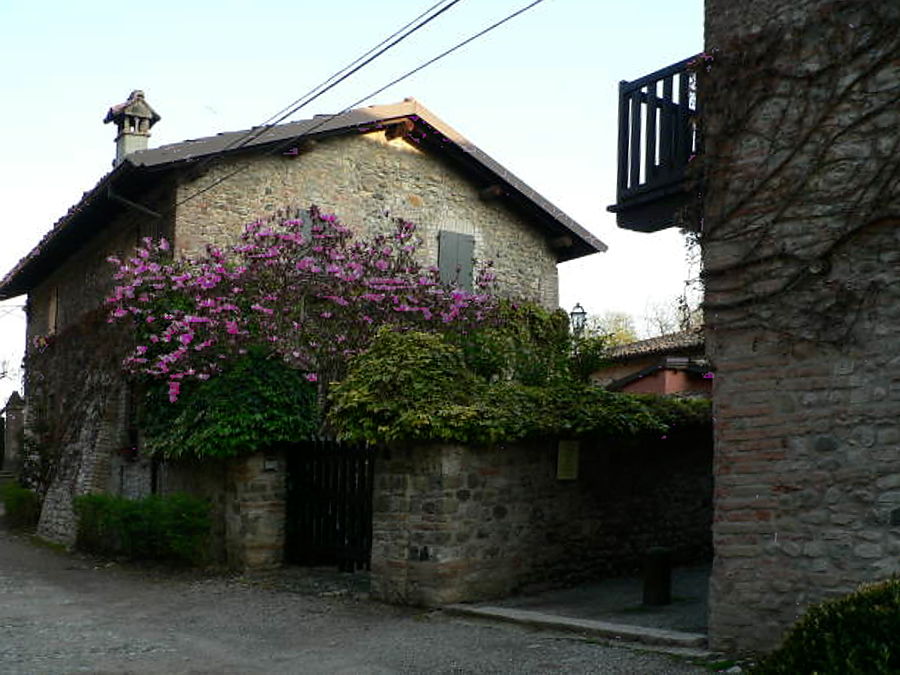
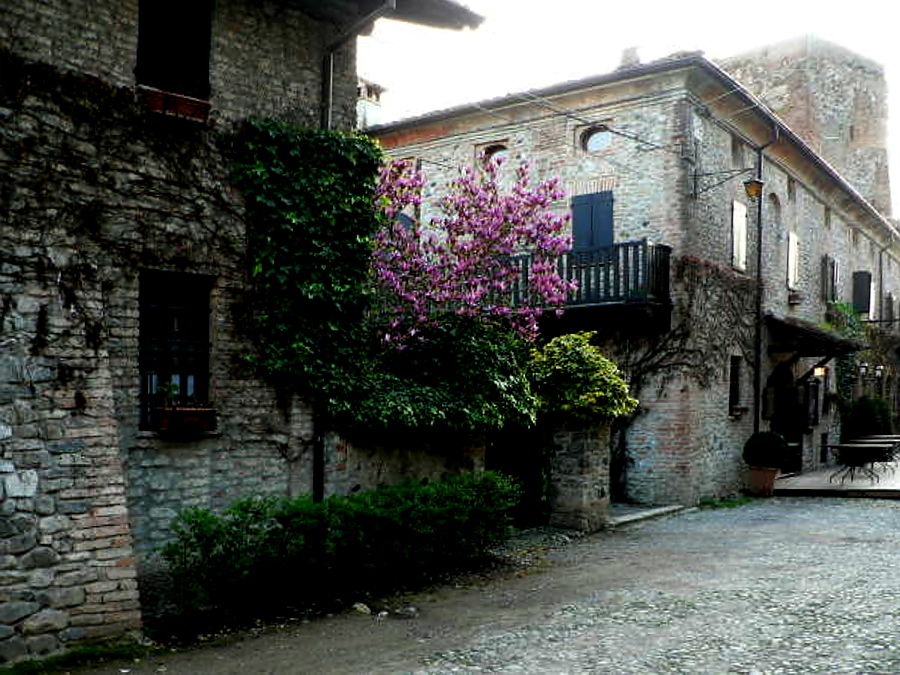
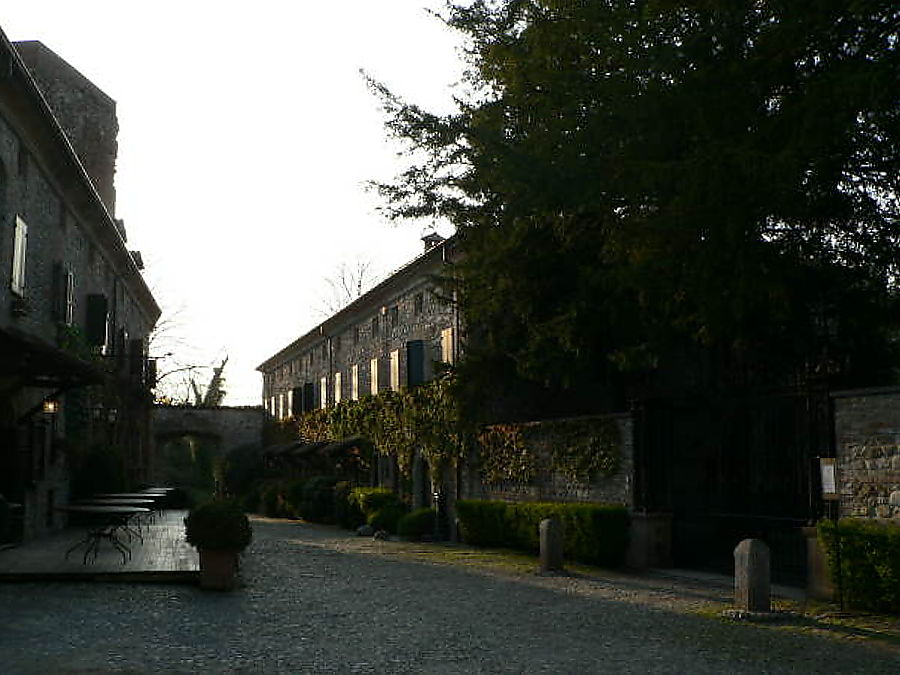
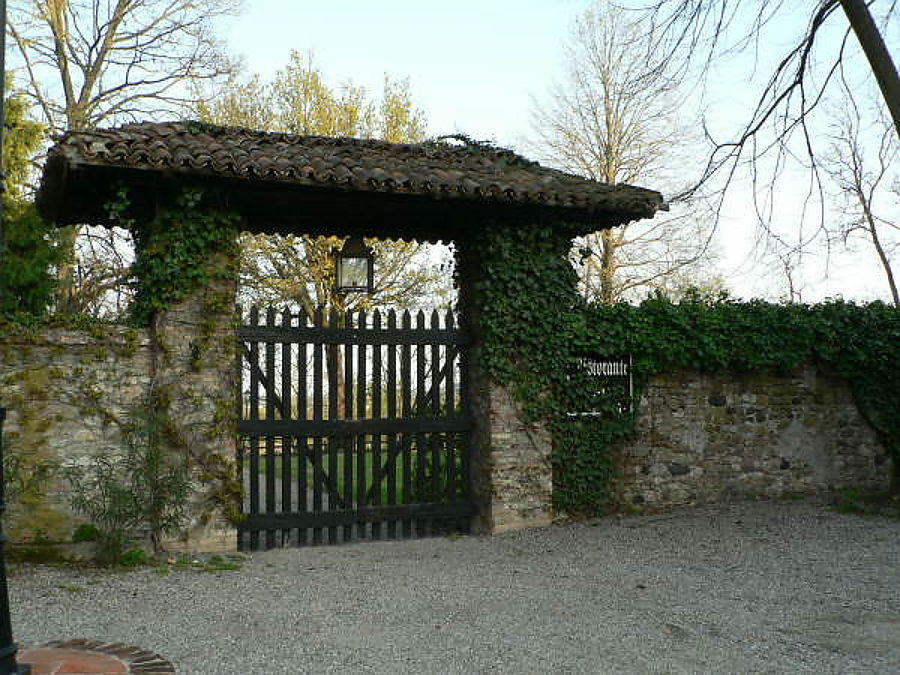
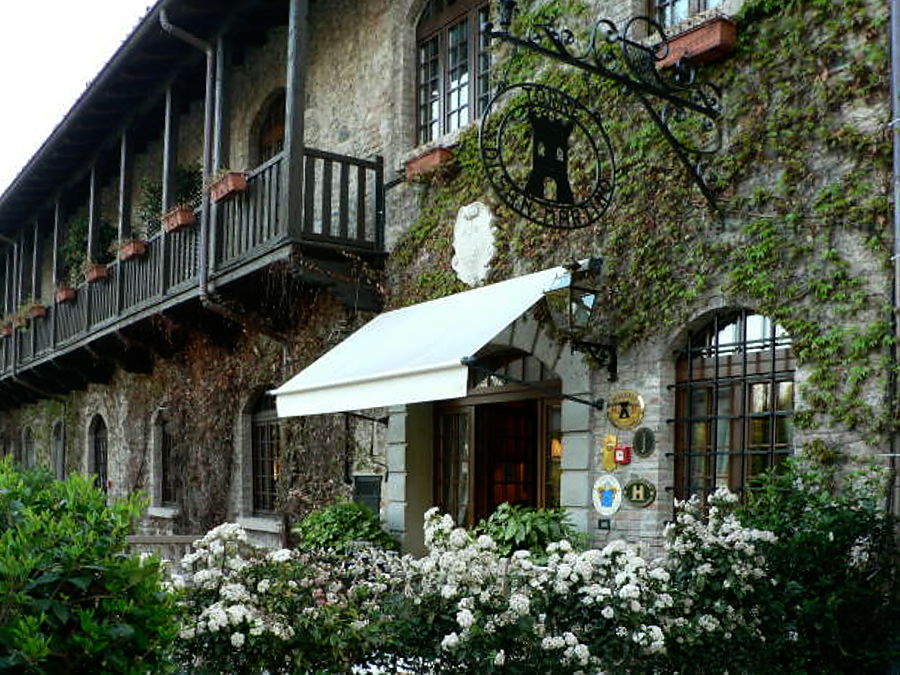
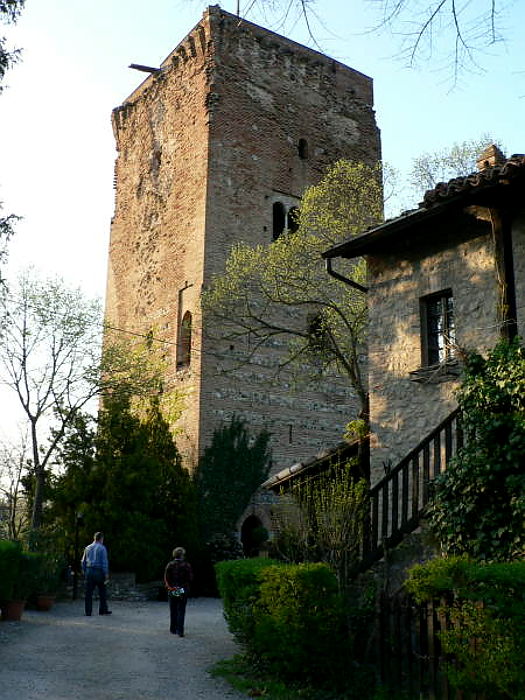
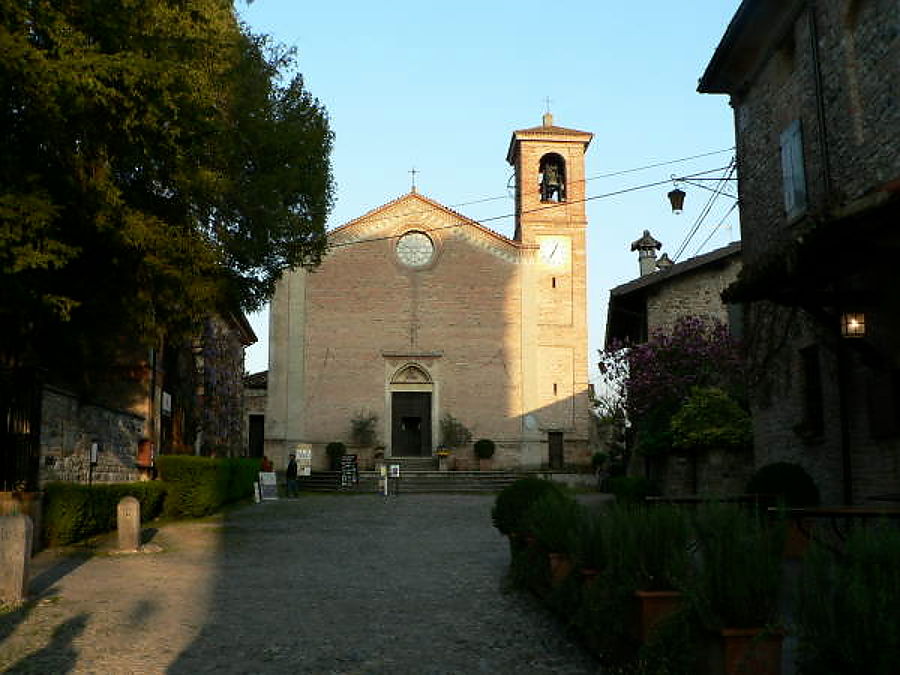
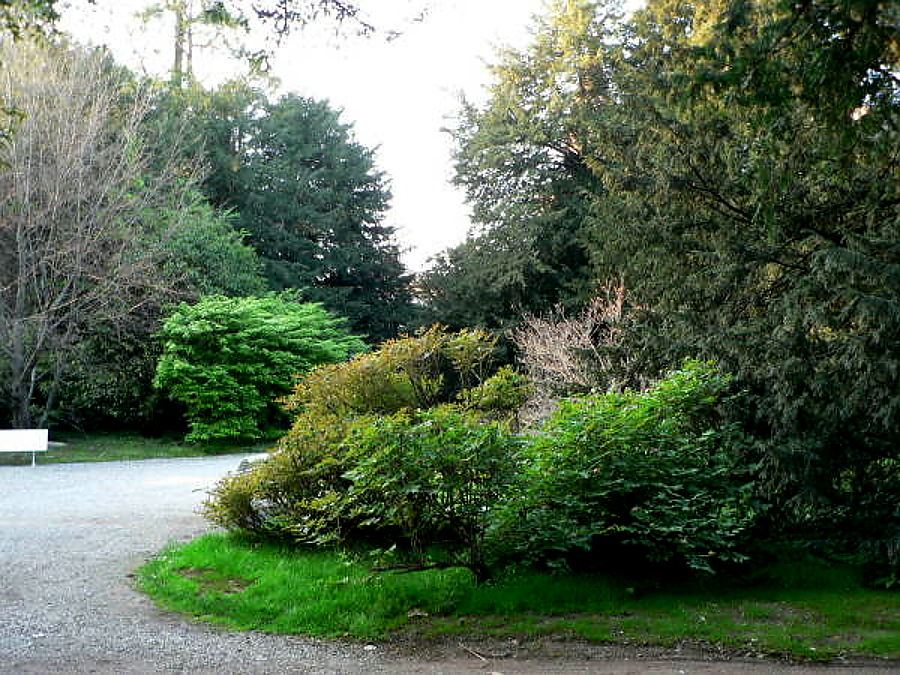
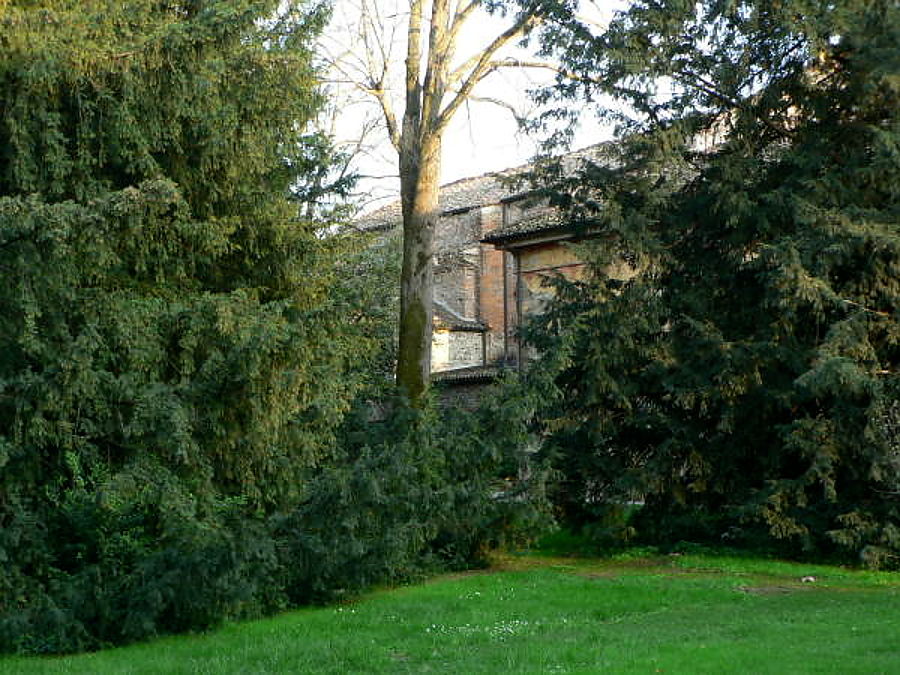
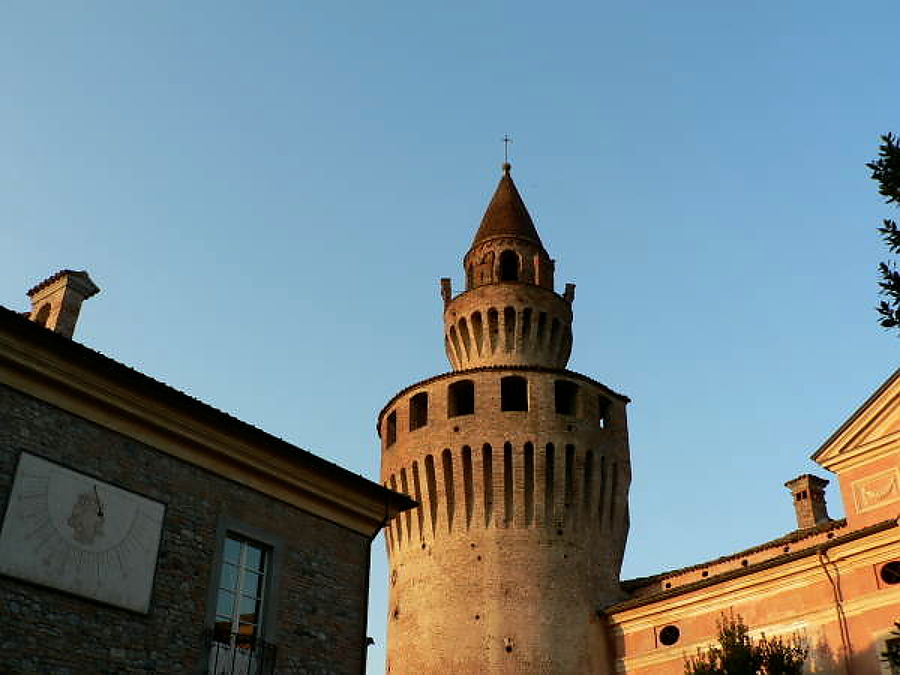
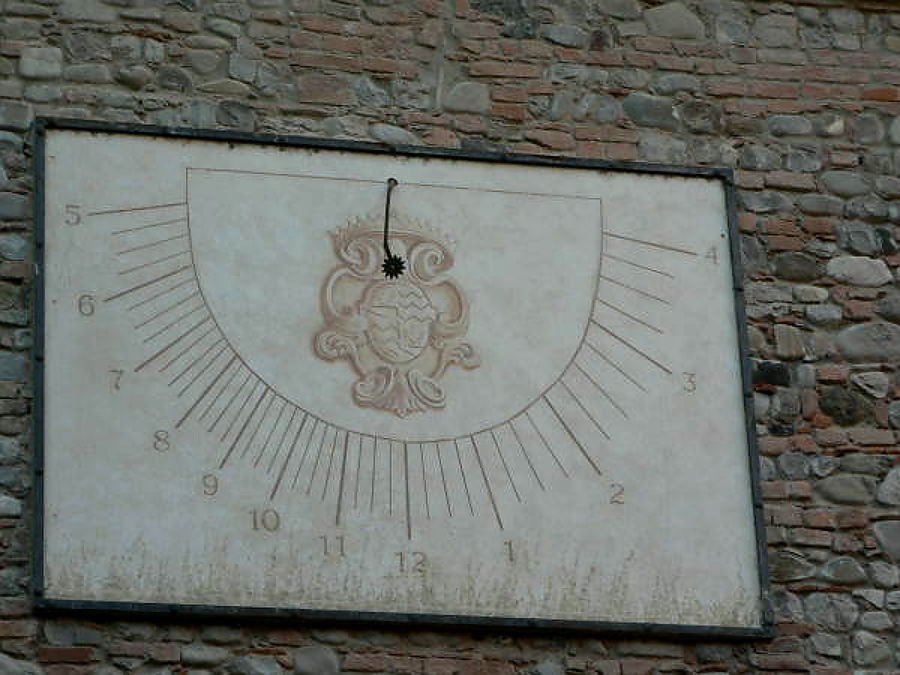
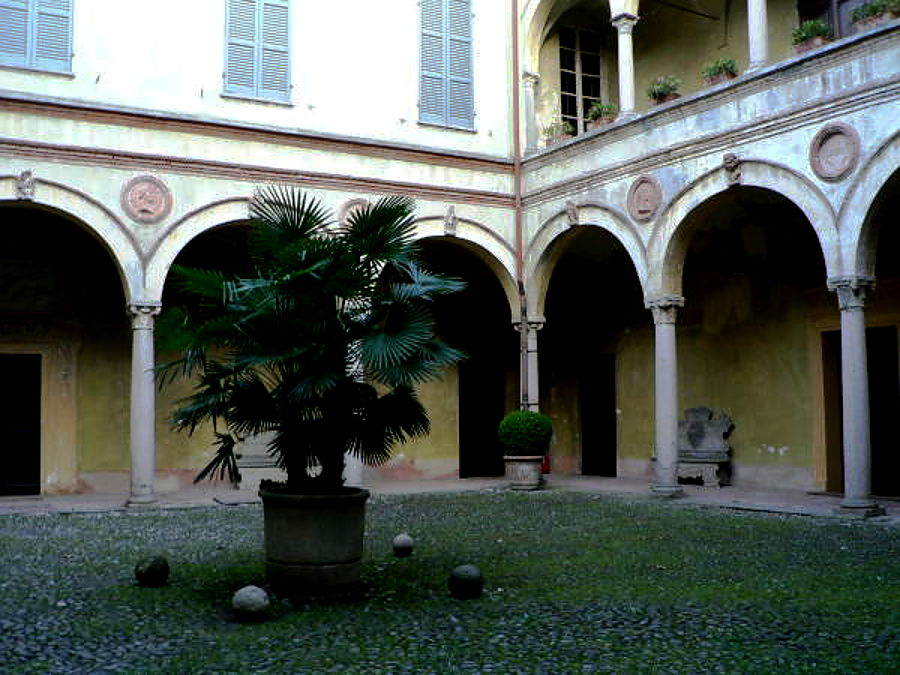
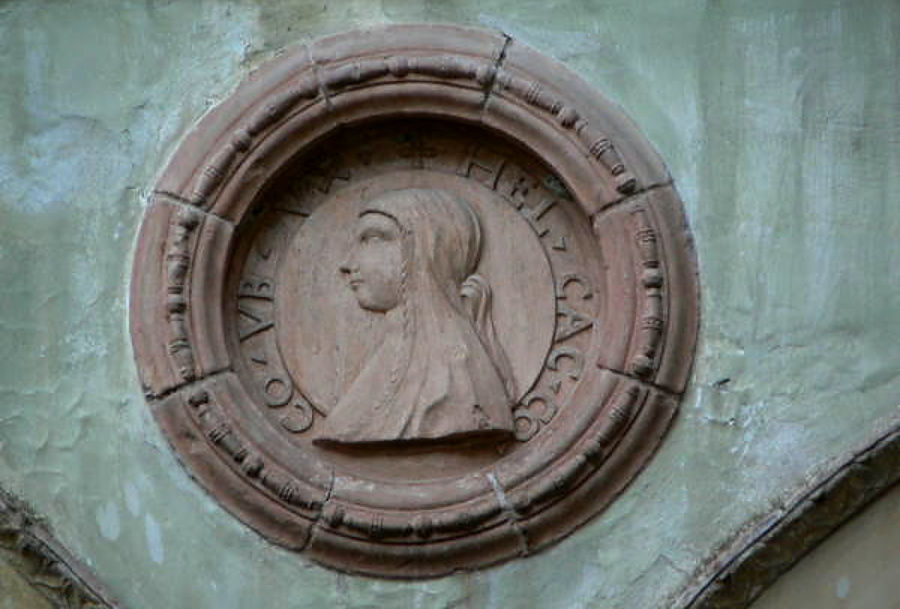
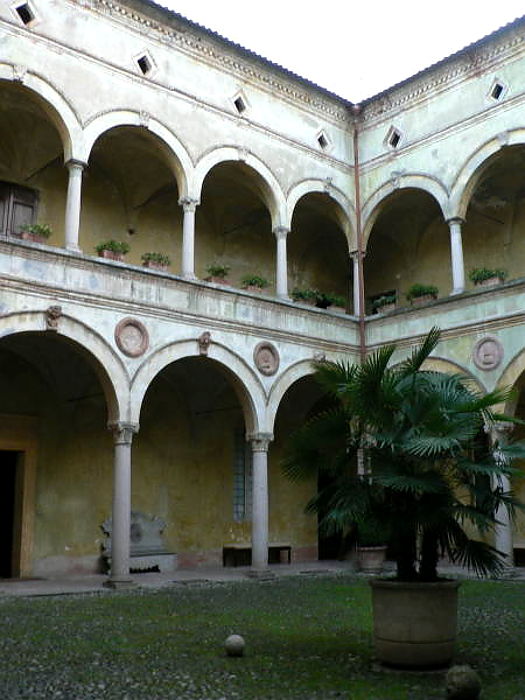
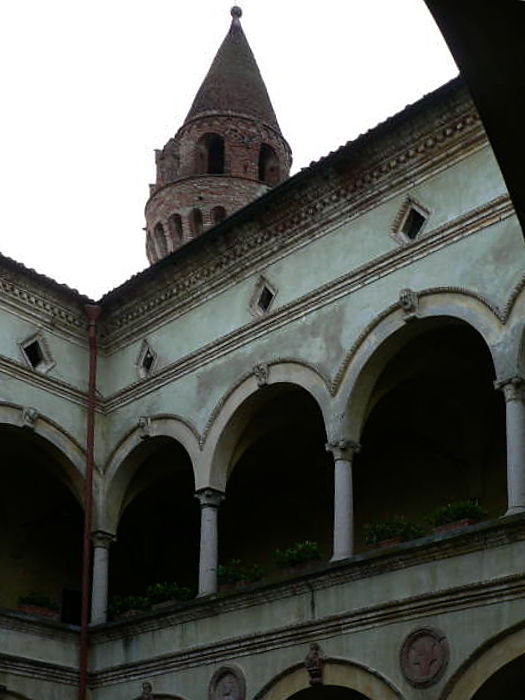
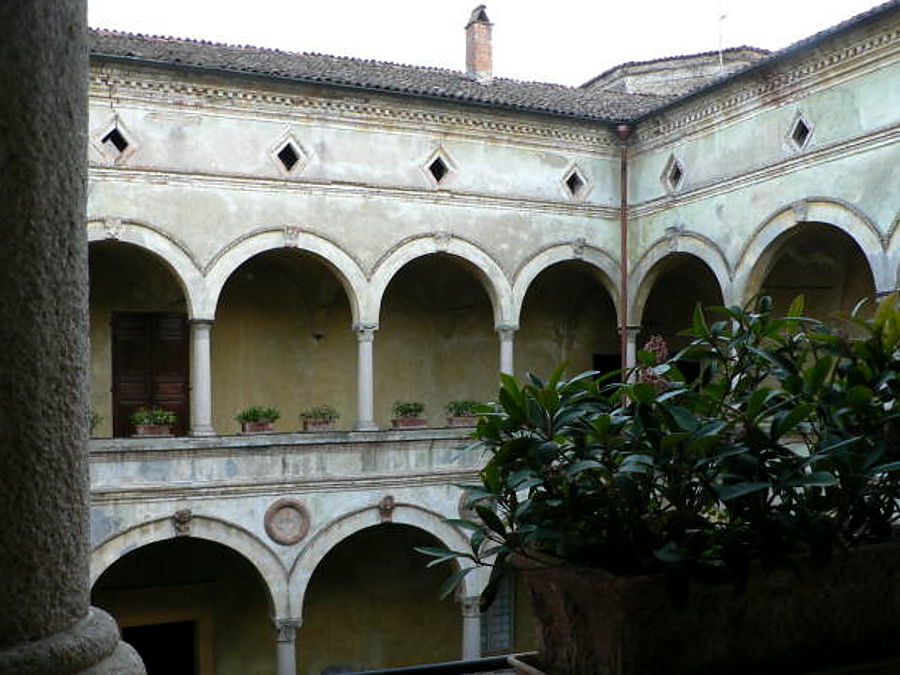
Il mio sito utilizza cookie di terze parti. Se vuoi saperne di piu', leggi qui. Per utilizzare i servizi č necessario acconsentire all'utilizzo.
 borgo-italiaspecial report |


|
|
| the castle and the Rivalta village (Gazzola (PC) - Emilia Romagna) |
| text by: borgo-italia [only desktop] - photo by: Erika C |






















|
|
||||||||||||||||||||||||||
the castle and the Rivalta village |
||||||||||||||||||||||||||
It is a peculiar place, because apart from being a very well preserved castle, it is an entire walled village. Maybe it was a Roman castrum and then, after the fall of the Empire, a Lombard fortress to protect the way that from Genoa, through the Apennines and the Trebbia Valley, leads to the Po Valley near Piacenza. The first information about the place date back to 1048. In the village it is to be noted the Saint Martin church, a suggestive building of 1400, with earthenware façade and seventeenth-century paintings by the Bolognese Ferrante. Not only art, but also the typical gastronomy of the area and its wines..As a demonstration of the importance of good food and drink in this place, the castle is haunted by the ghost of a cook, and not by the sad ghosts of knights, dukes or countesses. |
||||||||||||||||||||||||||
|
||||||||||||||||||||||||||
Guided tours only. February: From March to November:
+39 0523 978104 +39 3392987892 castellodirivalta@katamail.com For more info: |
||||||||||||||||||||||||||
|
text by: borgo-italia [only desktop] photo by: Erika C EMILIA 1 - release date: in 2010 or earlier |
||||||||||||||||||||||||||